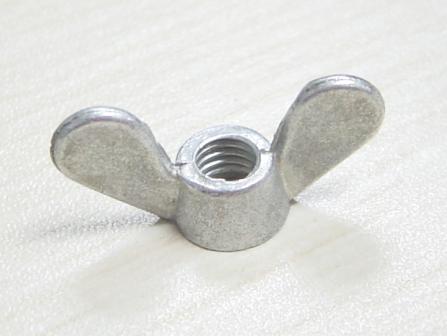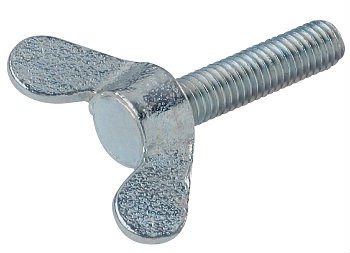Characteristics of Butterfly Screws
A butterfly screw features a butterfly-like shape and embellishing look that makes it even more interesting. This design is ideal for usage, where the hinge is visible and more effective hardware would fluster from any piece of furniture, such as door or other product.
 Replacement hinges are usually available at the home supply stores and are used for projects such as mending old furniture items or installing new cabinet doors. Such kind of fastener is also seen at salvage units, especially in cases, where people are willing to use historic hardware.
Replacement hinges are usually available at the home supply stores and are used for projects such as mending old furniture items or installing new cabinet doors. Such kind of fastener is also seen at salvage units, especially in cases, where people are willing to use historic hardware.
The accurate shape of a butterfly hinge usually varies from one company to other, but in most of the cases, it somewhat looks like the wings of a butterfly i.e. wings spread over from the center pin. Ornamental coats usually include a wide range of characteristics, as well as scrollwork or carved. There are even some models, which are coated in enamel to render a rich colored appearance. Such kinds of screws are designed specially to fit in properly, so they will be less visible, and accurately get placed inside the screw holes, which are typically bevelled.
The butterfly screws are also known as dovetail hinges and are mostly used for fine furniture projects. Appliances such as cabinets, boxes and other projects featuring hinged panels, doors, and similar characteristics may involve ornamental hardware, so as to prevent a jarring appearance. Depending on the pattern, such kind of rivet is made visible, whenever the project is opened or closed and can accord to the overall appearance. Do not go for bulky hinges if you’re looking for a general stainless steel finish, as it might appear out of place.

When looking for such kind of fastener, it is always necessary to pay extra attention to the screw depths and weight rating. These screws come in a wide range of sizes and pattern, from very small structures for miniature cases to heavy ones for cabinet drawers. So always be careful in choosing the correct size, as the wrong hinge may not be able to tolerate the weight, thereby causing a door or lid to fall out of plumb.
Screw depth is another necessary factor to consider; as long-sized screws could create cracks in the surface material or may penetrate all the way through.
Leave a Reply